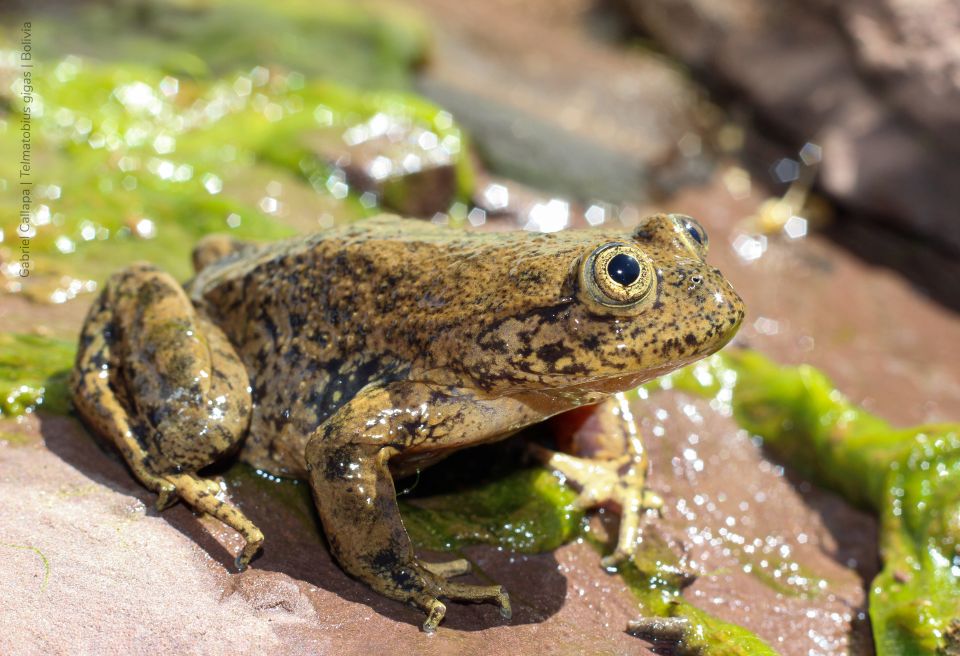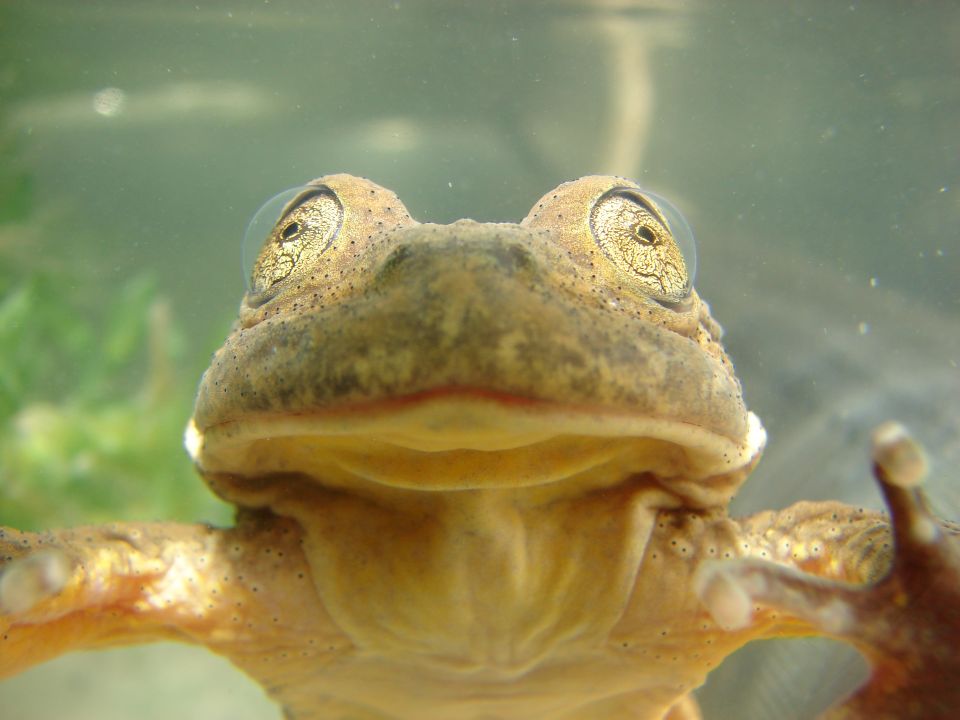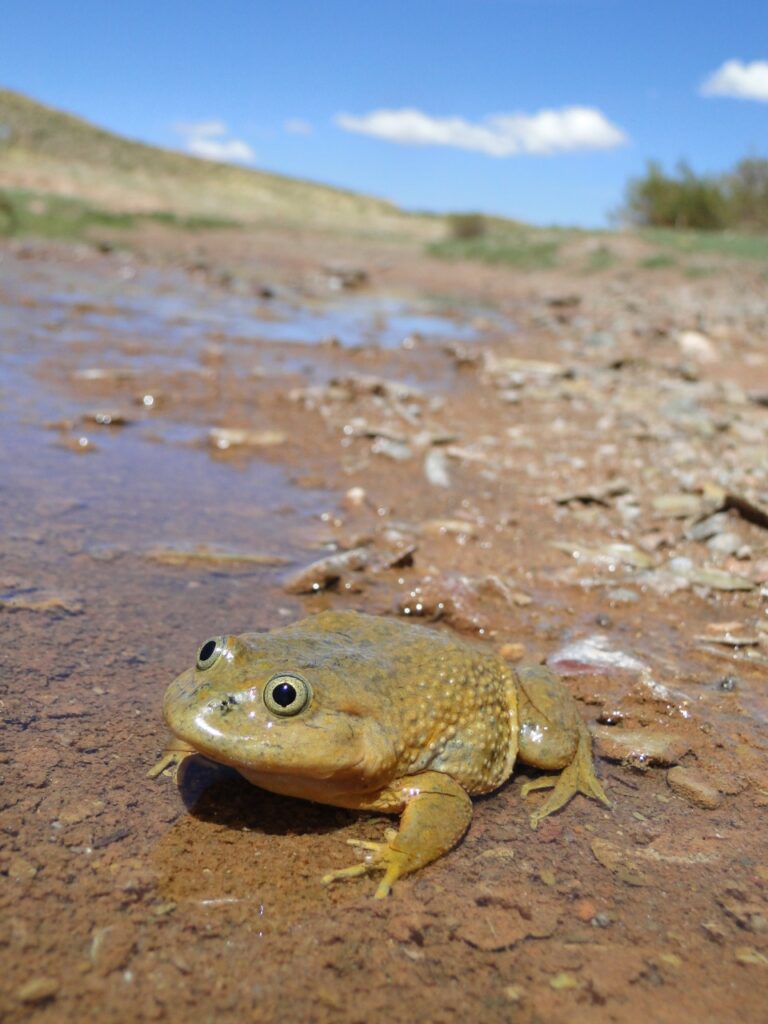Task Force Co-coordinators: Patricia Mendoza Miranda and Luis Castillo Roque
Current Members:
- Claudio Azat
- Sebastián Barrionuevo
- Luis Carrillo
- Luis F. Marin da Fonte
- Marco Mendez

Telmatobius, the sole genus within the family Telmatobiidae, comprises 64 species. They showcases exceptional biodiversity in the Andean highlands, vital for maintaining ecological balance, all of which are aquatic or semi-aquatic, inhabiting high Andean lakes, rivers, and streams at elevations between 1,000 and 5,400 meters above sea level. The genus is distributed across Ecuador, Peru, Chile, Bolivia, and Argentina, with Peru hosting the highest number of species (23), followed by Argentina (13), Bolivia and Chile (8 each), and Ecuador (3).
The second Global Amphibian Assessment (GAA2) identified Telmatobius as one of the most threatened amphibian genera worldwide. Of the 64 recognized species, 54 are classified as threatened: 23 as Critically Endangered (CR), 22 as Endangered (EN), and 9 as Vulnerable (VU). Additionally, 7 species are Data Deficient (DD), 2 are Near Threatened (NT), and 1 remains unassessed. Alarmingly, 46 species show declining population trends. Most species were assessed between 2015 and 2021 and require reassessment in 2025 as part of GAA3, which updates amphibian conservation statuses every five years.

Telmatobius species face multiple threats, including chytridiomycosis, a devastating fungal disease, habitat destruction due to human settlements, agriculture, and livestock grazing, potential predation and competition from invasive trout, water pollution from mining activities, and overharvesting for local consumption. Current conservation measures primarily focus on protected areas and the inclusion of species in national Red Lists, but these efforts remain insufficient to address the full scope of conservation needs. Recommended actions include expanding and strengthening protected areas, enhancing in situ monitoring and research, establishing ex situ breeding programs, and increasing environmental education and outreach to local communities and governments.
Despite ongoing research and conservation initiatives across the Andean region, these efforts often remain fragmented. To address this challenge, ASG launched the Telmatobius Task Force in 2025, uniting regional experts to drive coordinated, evidence-based conservation efforts.
Telmatobius species occur in the following Threatened Amphibian Landscapes:
- 18 – Northern Central Cordillera of the Andes in Colombia, Ecuador and Peru
- 19 – Eastern Side of the Central Andes in Ecuador and Peru
- 20 – Western Cordillera of the Peruvian Andes
- 21 – Central Cordillera of Peru
- 22 – Bolivian Yungas

